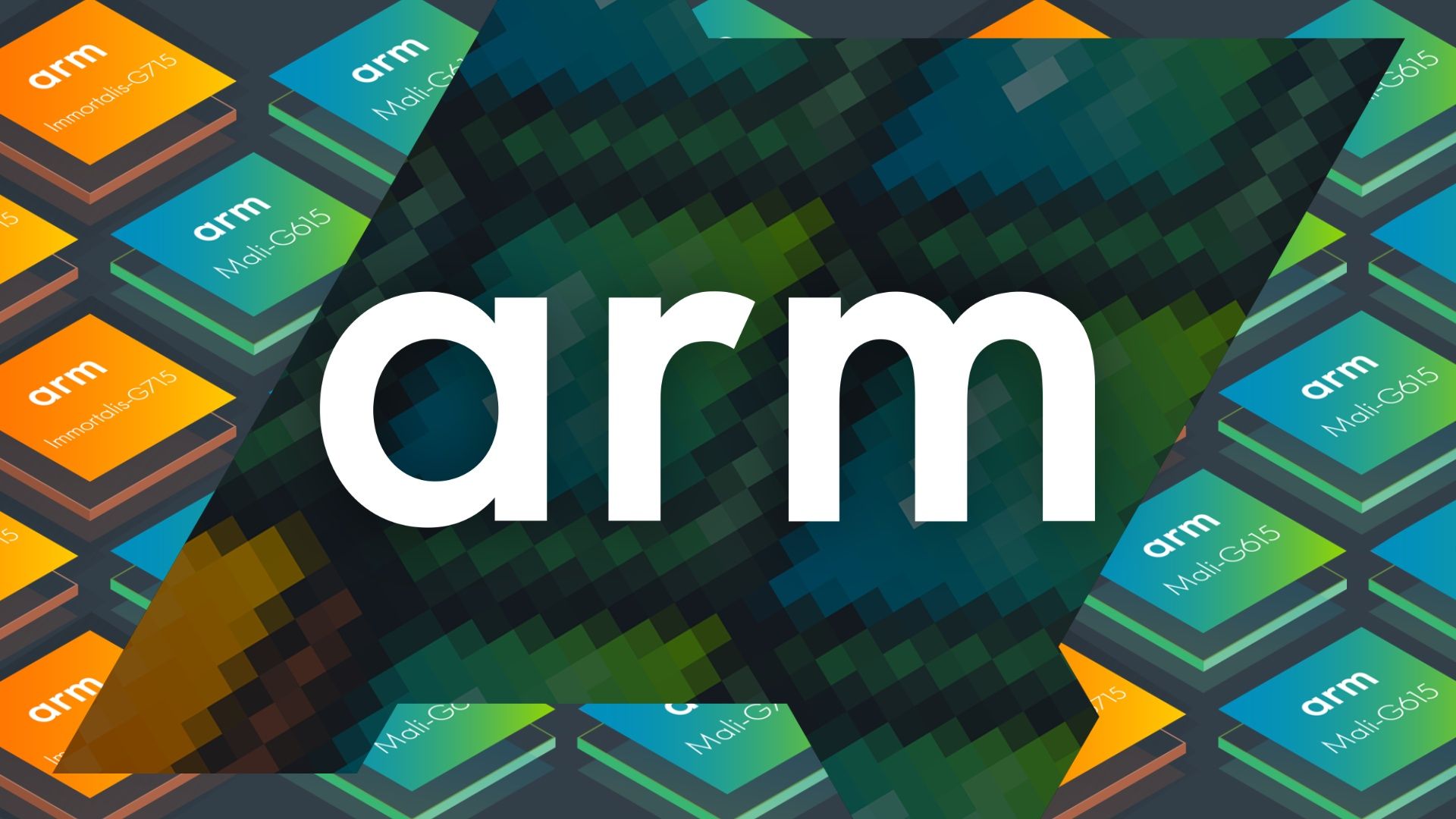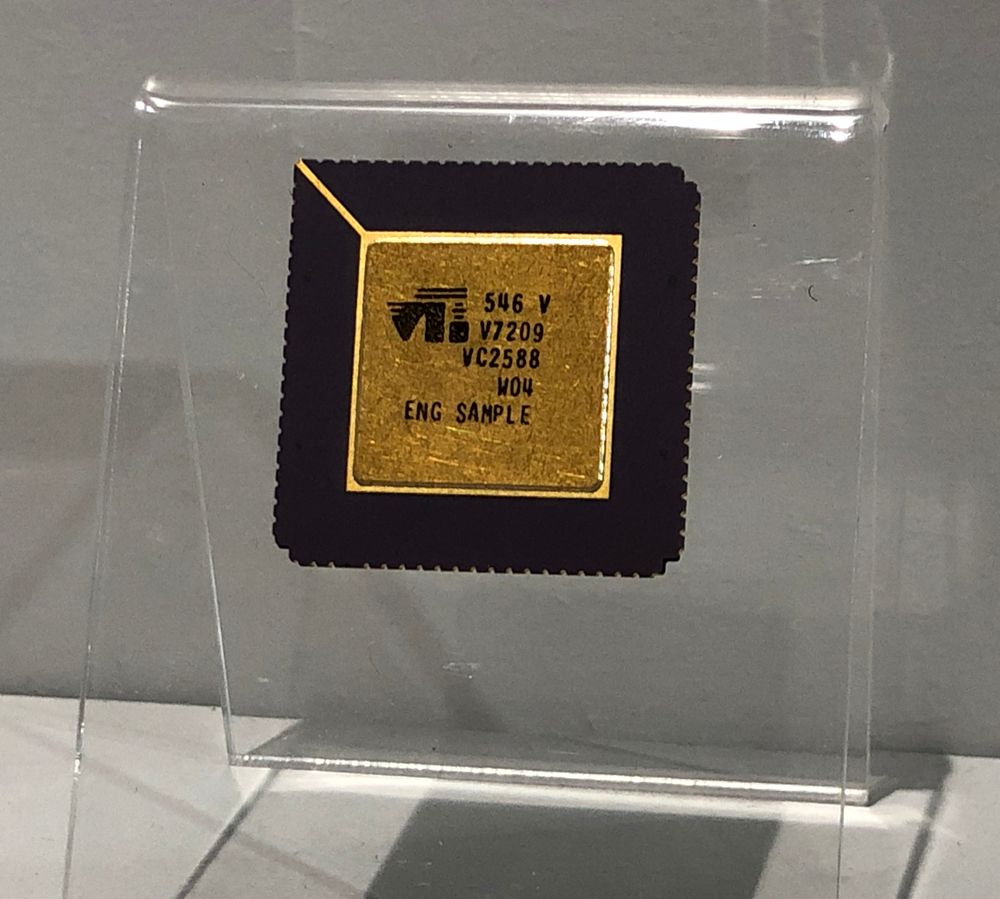Key Takeaways
- Signal Messenger now runs natively on Windows Arm devices, providing a smoother user experience.
- Google Chrome, Google Drive, and Proton VPN have also added support for Arm-based PCs, improving performance.
- Arm’s potential dominance in the Windows laptop space may face a setback due to Qualcomm’s licensing issues with Arm.
Ever since the advent of the smartphone, Arm processors have powered practically every mainstream mobile device. Known for its high-efficiency computing and processing, Arm devices have historically been all about battery life and low power loads, while x86 chips have been focused on maximum power in desktops and laptops, efficiency be damned. In recent years, however, the power gap between Arm and x86 chips has come down significantly, and many companies are now turning to Arm chips for mainline laptops. Apple turned to Arm with its M-Series MacBooks, and Microsoft turned to Arm for its Surface line of laptops. For those with a Windows PC on Arm, using Signal Messenger meant using an x86 emulation version of the app. That is no longer the case.

Related
Google Chrome is ready for the age of Arm on Windows
An Arm version of Chrome is here for all those upcoming Snapdragon X Elite machines
All-things PC blog Windows Central reported on the Signal app’s newest update (v7.34.0), which launched today on Windows PCs. Besides a general theme bug fix, the update marks the first time that Signal will run natively on Windows on Arm devices, like the Microsoft Surface Laptop 7, without having to use an emulation layer. This will make the program much snappier and smoother, since putting an emulation layer on top of apps will always lead to potential hiccups. While this may not be big news for the tens of millions of people who use the app worldwide on non-Windows Arm devices, this is another hat in the feather of Arm’s potential future dominance within the Windows laptop space.
Flex your Arm with other recently updated software
Signal is not the first big-name app to add support for Arm-based PCs, and it isn’t even close to being the biggest. Back in March, Google Chrome became native on Windows Arm on its Snapdragon-powered laptops. In the past week, Google Drive made its way to Windows Arm. Earlier in November, Proton VPN joined as well. While the basic functionality across all Arm apps is pretty much the same as their x86 counterparts, the performance and battery pickups when using native Arm versions is remarkable.
All the excitement surrounding Snapdragon Arm devices and Windows PCs could come to a screeching halt, however. In October, Arm served Qualcomm, the manufacturer of Snapdragon chips, a 60-day cancelation notice for its chip design license. This followed Qualcomm’s $1.4 billion acquisition of NUVIA, a CPU and technology design company, in 2021, and a subsequent lawsuit directed at Qualcomm by Arm for that acquisition. If the 60-day notice expires without a deal, Qualcomm must stop selling Arm-based devices. This is obviously concerning, but Qualcomm and Google have been working on an open-source instruction set architect called RISC-V as a backup — or, more than a backup — if no settlement is reached between Qualcomm and Arm.





